Vintage children’s books shouldn’t automatically be tossed out just because they are old or the covers don’t exactly look appealing. As an elementary school librarian, I run across quite a few old books that need to be weeded from the collection to keep up with state standards. Although they have to be removed from the shelf, it still doesn’t stop me from looking through them to see if I can’t use it as a teachable moment with my students or my own child. So what can your child learn from a vintage children’s book?
What Your Child Can Learn From Vintage Children’s Books
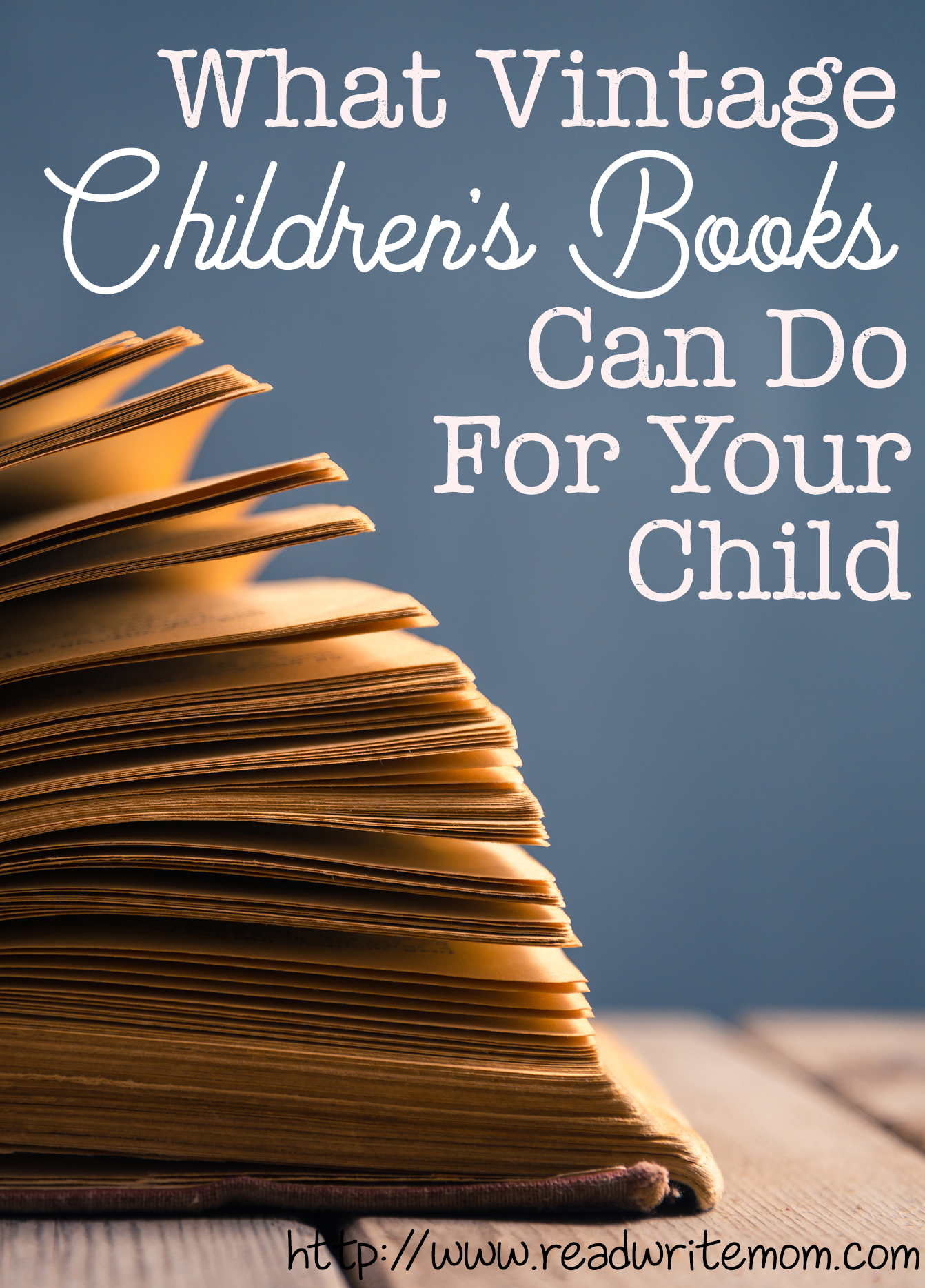
In May when I was packing up the library at school, I ran across this older, sweet children’s book. The book, Questions Children Ask by Edith and Ernest Bonhivert, had a copyright of 1969, with previous editions dating back to 1956.
Because of its age and physical condition, this vintage children’s book was weeded from the collection and headed for a fate that would probably include a dumpster at some point. I was curious about what this book could be about, so I opened it and instantly fell in love with the illustrations. Further proof you should never judge a book by its cover.
I could tell just by checking over the table of contents that this was the perfect book for my son, even though some of the information in it was outdated. Most of it was just straightforward answers to everyday questions that children ask, such as, “Why is the sky blue?”, “Are there really such things as mermaids?”, and much, much more. There are almost 200 pages of questions and answers. My son is very inquisitive, so I decided to rescue this little book and bring it home. I’ll admit even I wanted to know the answers to some of the questions in this book.
What happened next when my husband and I took turns reading this book to our son before bedtime was something of a bonus. Some of the topics dealing with science and history have, of course, changed greatly. When we came to points in our reading where we knew that information had changed (such as space discovery and advances in technology), it made for some great conversations and teachable moments with our son about how much things have changed and what improvements have been made since this book was published. It even sparked conversations amongst us as parents because we were anxious to hear what the other had read aloud the night before. Since this book was also written before my husband and I were born, some of the things were funny to us as we remembered things like telephones with cords and a world without cell phones and personal computers. It still amazes me that my son won’t ever know a world without these things. Now he will at least know how these things evolved, thanks to vintage children’s books like this!
What Can Vintage Children’s Books Teach Your Child?
-How the world used to work.
-Vintage Children’s Books can spark conversations about what we used back then versus what we use now.
-The illustrations can be quite eye-appealing, sparking conversations about art.
-Some values and lessons just never change.
-You shouldn’t judge a book by its cover.
Your child may fall in love with a particular vintage book and want to read more from those authors.
There are still copies of this book floating around at Amazon. While looking for more information about the authors, I discovered that Edith Bonhivert passed away just last year, and her husband before her in 2005. I can only imagine how many children and parents have read and enjoyed this book over the years. I’m so glad I can count our family in that number.
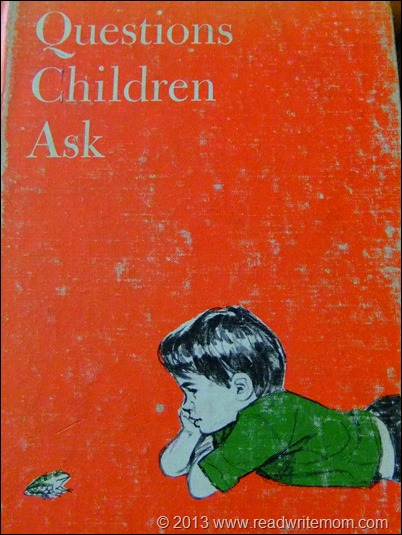
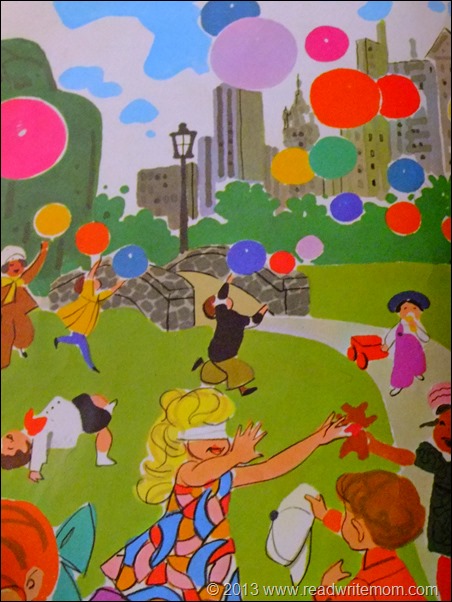
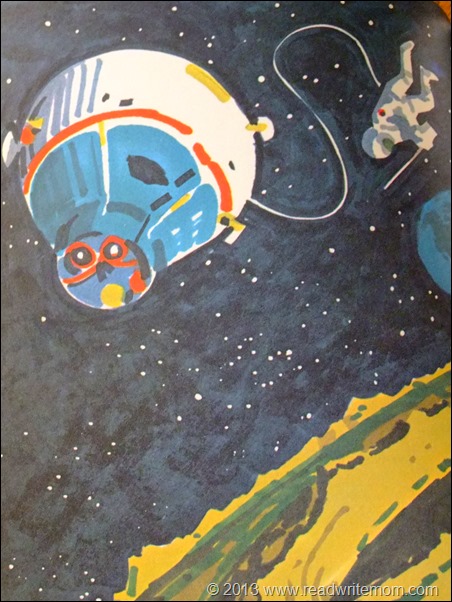
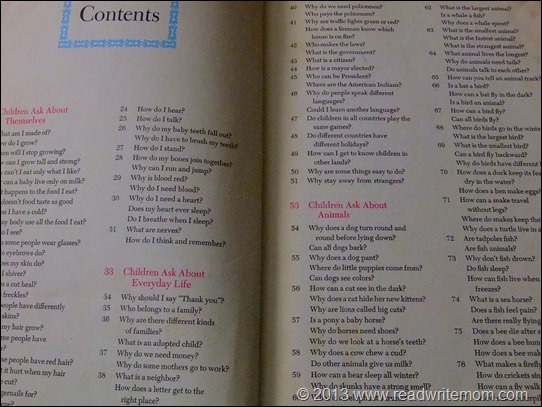
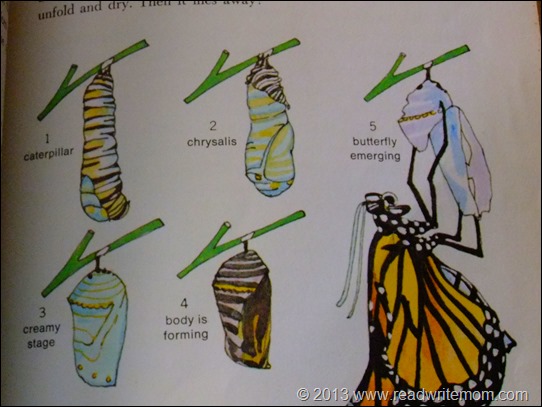

Hello Mandy,
I want you to know how pleased I am to come across your blog post about Questions Children Ask. My parents, Edith and Ernest Bonhivert, were the authors. You may have noticed there are earlier editions dating back to the mid-1950s. The last edition I’m aware of was published in the early 1980s. The earlier editions used a different illustrator for each chapter, and my mother illustrated the chapter on plants.
My folks were in their 80s when home internet access made it possible for me to show them that their book had not been forgotten. They could hardly believe it. I showed them that the book was even included in library listings in other countries.
Over the years I kept finding nice comments from people who grew up reading it. You may agree with me that the best thing about the book isn’t even the information itself, but the approach that celebrates and reinforces a child’s spontaneous curiosity. I grew up reading this book, and it had a powerful influence on me (along with being raised by parents who were constantly teaching my siblings and I). When my four-year-old daughter asked me “What is fire?,” I was thrilled, and I knew where to go. I dialed Dad on the phone, and together we tried to answer that very tough question in terms that would make sense to a preschooler. Like you, I’ve tried to carry on the tradition of encouraging questions and enjoying the pursuit of answers with my kids.
Thank you so much for being so perceptive about the value of the timeless idea in this old book, and for posting about your experience. It means so much..
Suzanne,
I cannot tell you how much it means to ME that you left this sweet comment here. Your parents certainly left a treasure as part of their legacy and I am so glad I found this book! We still have our copy here at home and I plan to take it to my current library to share some of these ideas with my students. Our little family truly enjoyed the time we spent together reading this. I’m saving it so my son can share it with his own children someday. Thank you so much for making my day by stopping in here.